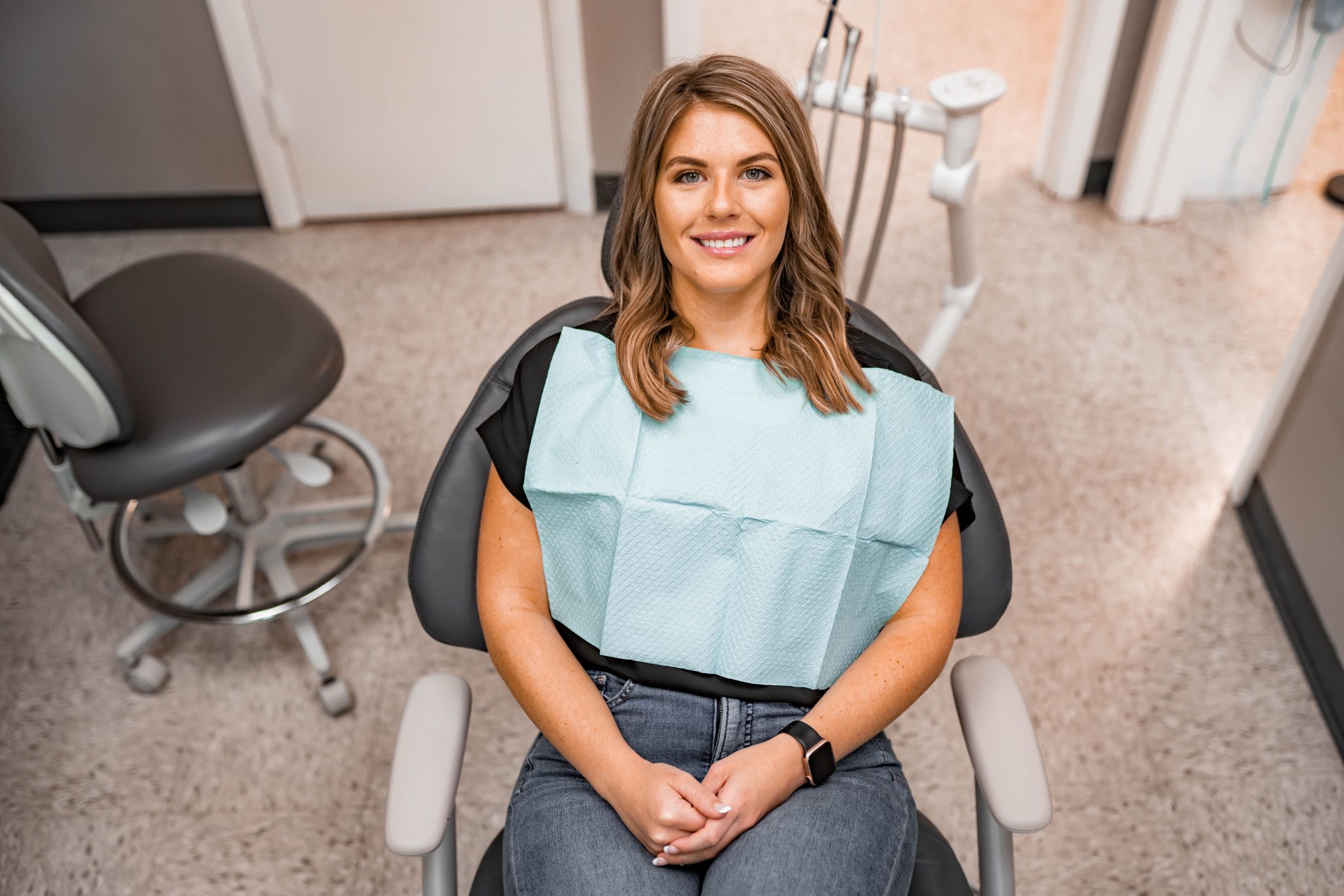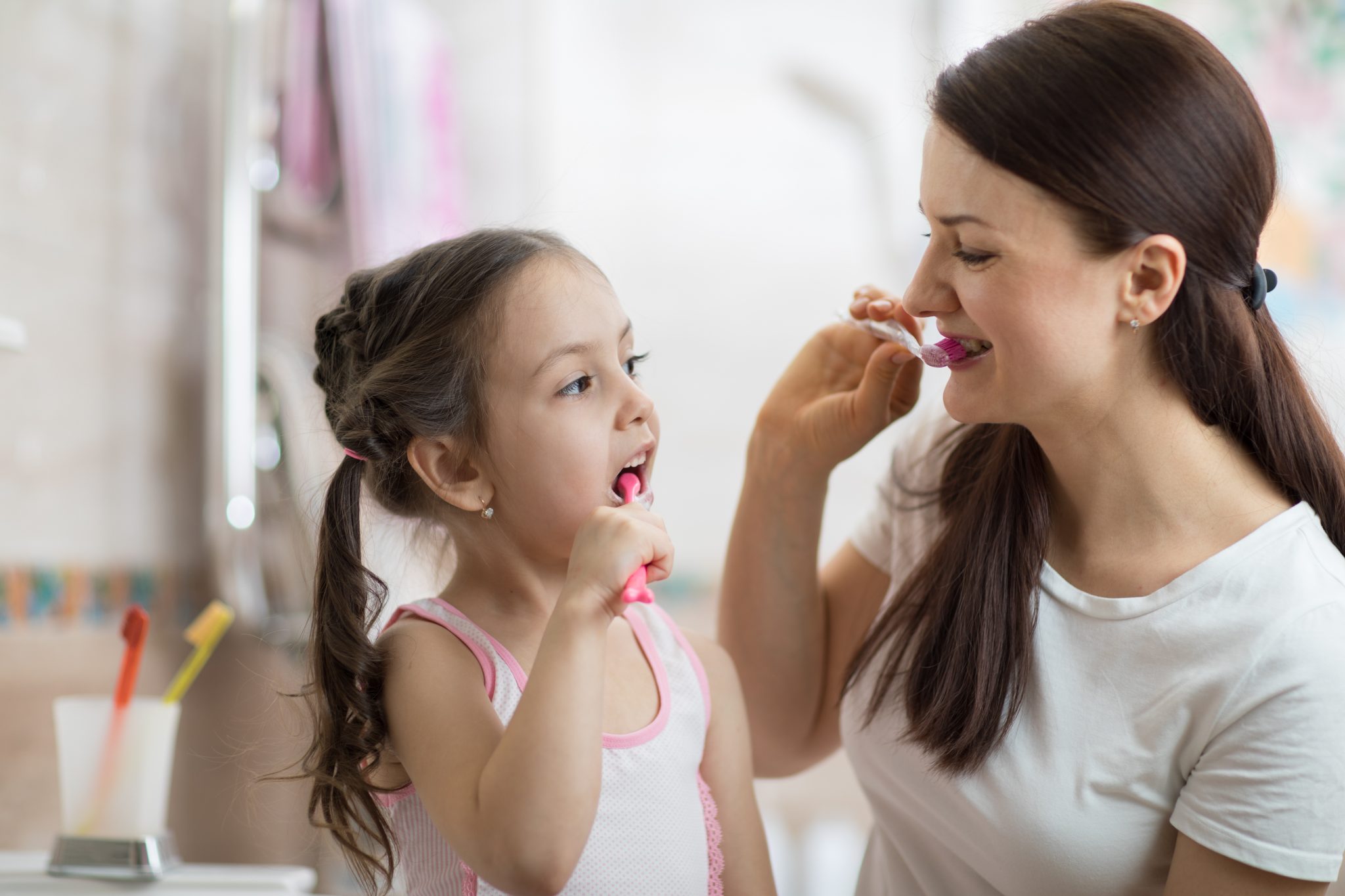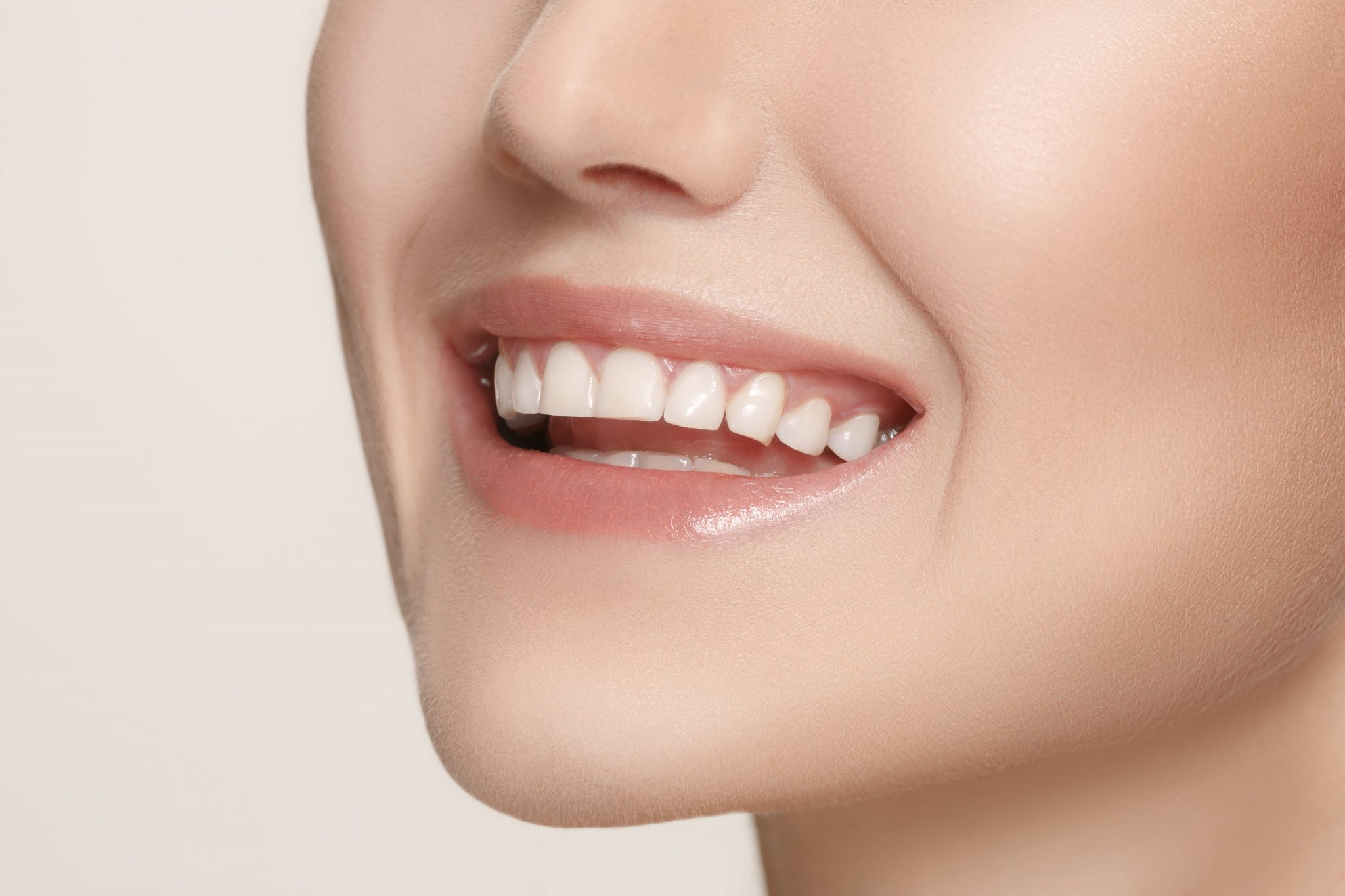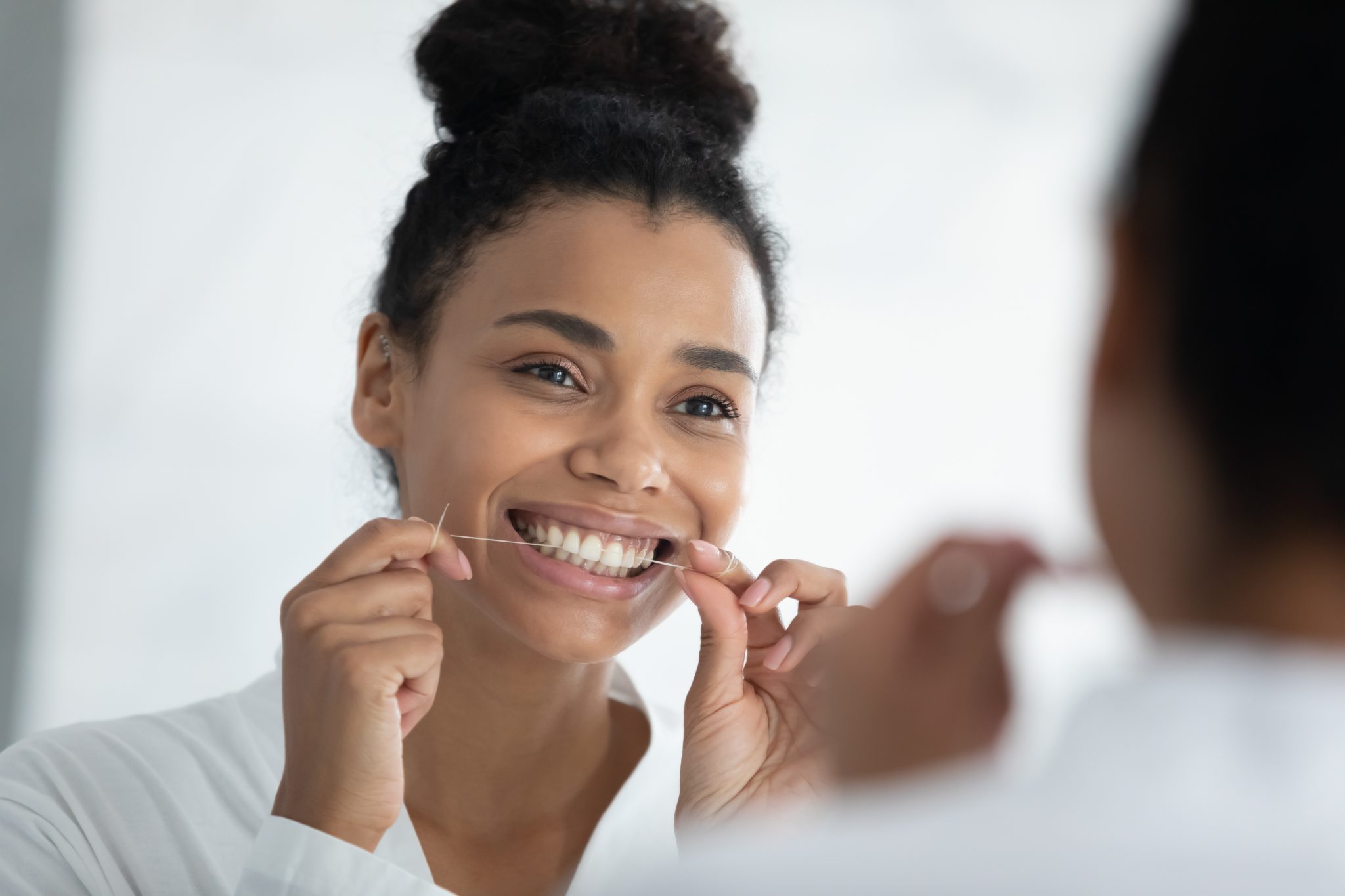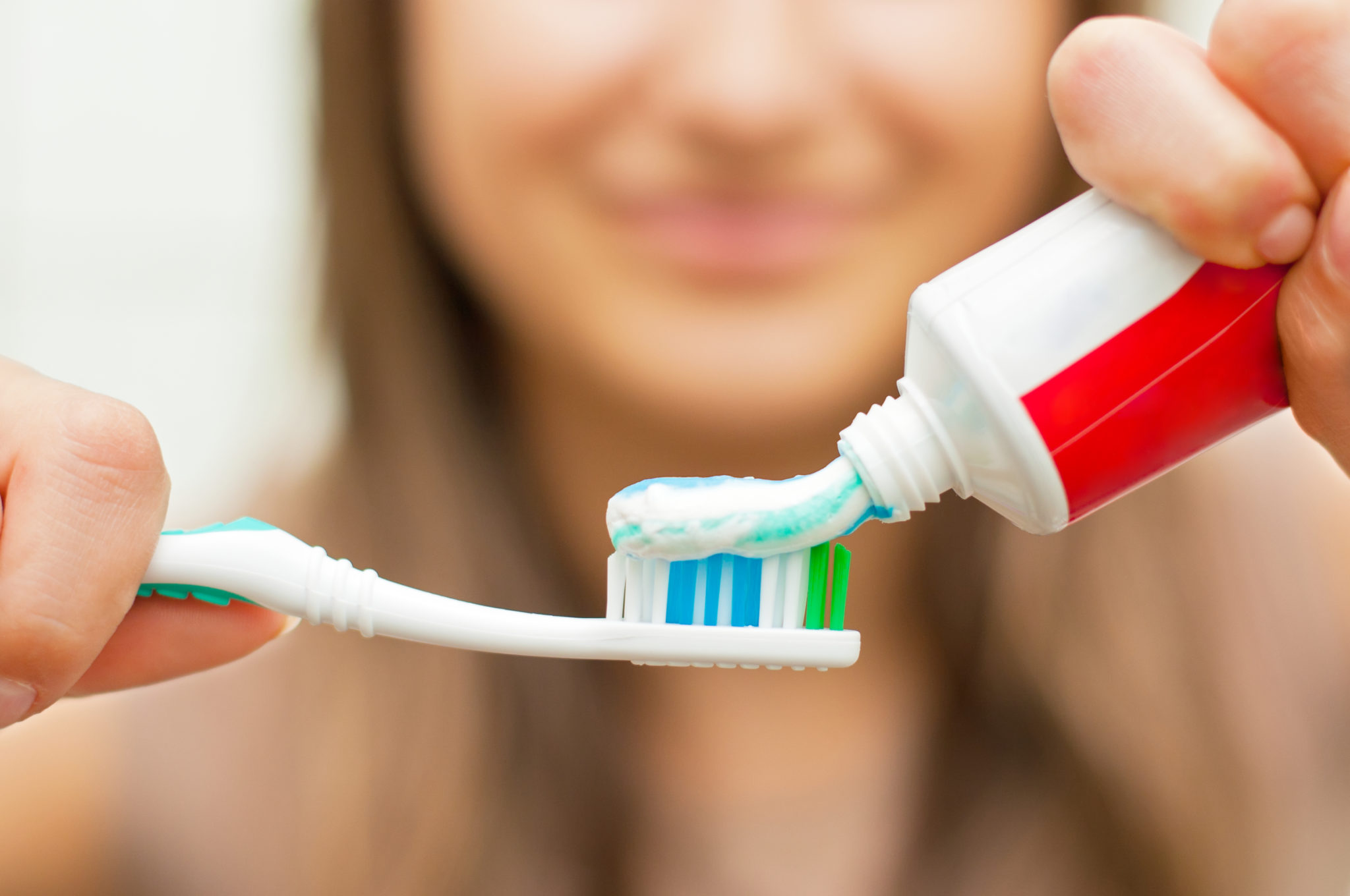What if every meal was putting your teeth in danger?
There are plenty of common foods that stain teeth. Unfortunately, most people don’t know what these foods are until it’s too late!
That’s why we put together this simple guide. Keep reading to learn about seven common foods that are likely to stain your teeth!
1. Coffee
Most of us begin our morning with a warm cup of coffee. And coffee can provide a powerful “pick me up” throughout the day if your energy is lagging.
Unfortunately, coffee is one of the primary foods that you can count on to stain teeth. And the blacker the coffee, the more your teeth are at risk.
The good news is that you can counteract this by lightening your coffee up. Throw some milk in your morning coffee to enjoy a bit of extra calcium and Vitamin D along with whiter teeth.
2. Cola
It’s possible to lighten your black coffee up and avoid those annoying stains. But one drink you can’t really lighten up is cola.
The dark color of cola is enough to stain your teeth. And the temperature (cola is usually served ice cold) can make your teeth contract, making staining that much more likely.
If that’s not bad enough, things like citrus and phosphoric acids in your cola encourage tooth decay. When it comes to tooth color and health, you are better off switching most of your colas for seltzers or other alternative drinks.
3. Tea
Speaking of alternative drinks, many drink tea as a seemingly healthier alternative to coffee or cola. Sadly, tea is also very likely to stain your teeth!
This is mostly due to the tannins in the tea. And as with the other drinks, the darker teas are the ones likeliest to stain teeth.
That means it is best to skip out on teas like Earl Gray (sorry, Captain Picard). Instead, try out some white, green, and herbal teas to enjoy the flavor and calming benefits of tea while minimizing the risk of staining teeth.
4. Popsicles
You are likelier to consume certain kinds of food in different seasons. For example, on a warm summer’s day, it can be very tempting to cool down with a tasty popsicle.
However, anyone who has ever eaten a popsicle (or a slushie, for that matter) knows that these colorful treats are likely to turn their tongue a different color. And anything that can stain your tongue can easily stain your teeth!
You can always swap those popsicles for safer treats such as lemon ice or even some sugarless gum. But if you absolutely have to have a popsicle, make sure that’s a “sometimes food” unless you want bright and colorful teeth.
5. Tomato Sauce
There is nothing quite like Italian food. And most Italian dishes don’t come to life until you add some kind of tomato sauce (we’re partial to some homemade marinara).
However, if you eat enough Italian dishes, you eventually discover how easily tomato sauce can stain your clothes. So it shouldn’t be a huge surprise to discover that these delicious tomato-based sauces can also stain your teeth.
We would never tell you to skip the marinara or Bolognese when you’re tucking into your favorite Italian dishes. But if you can eat some kind of spinach, salad, or broccoli appetizer ahead of time, you can protect your teeth from these annoying stains.
6. Candy
If you’re looking to avoid staining teeth, we’ve got some bad news: pretty much all candy and sweets is your enemy.
That’s mostly because of the different colors of candy. Much like popsicles, any candy that stains your tongue is pretty much guaranteed to stain your teeth.
Fortunately, candy doesn’t pose a major tooth-staining risk unless you are eating it all the time (which you shouldn’t be doing). If you ease up on the candy and maybe brush up after you eat those sweets, then your teeth should be fine.
7. Curry
If you enjoy Indian food, then you are likely to enjoy curry. And if you enjoy spicy food, then curry may be one of your favorite foods on the planet.
Unfortunately, that bright yellow curry will definitely stain your teeth. After you finish your dish, your teeth are likely to look just as yellow as the curry itself!
There is no real way to avoid this, so you should focus on what you can do after eating. Brushing your teeth would be the ideal move, but even gargling a bit of water in the bathroom of the restaurant can help you avoid stains.
8. Soy Sauce
Do you enjoy Chinese and Japanese cuisine? If so, you know what it’s like to reach for the soy sauce.
In small doses, soy sauce can help to bring out the flavor of the dish. But that dark soy sauce can easily stain your teeth if you go overboard with it.
As with most of the foods on this list, “moderation” is the name of the game. Instead of dousing your food with soy sauce, just use it in small amounts.
Honestly, this is a good move for your overall health as well as the appearance of your teeth. Soy sauce is chock full of sodium, and it’s easy to consume more sodium than is healthy for your body if you use too much of the soy sauce.
Avoiding Foods That Stain Teeth: Your Next Move
Now you know about the different foods that stain teeth very easily. But do you know who can help keep your teeth looking and feeling amazing?
At Webster Family Dental, we are basically your “one stop shop” for dental needs. From simple cleanings to root canals to tooth whitening, we’ve got your different needs covered.
Want to discover what we can do for your teeth? All you have to do is contact us today!
